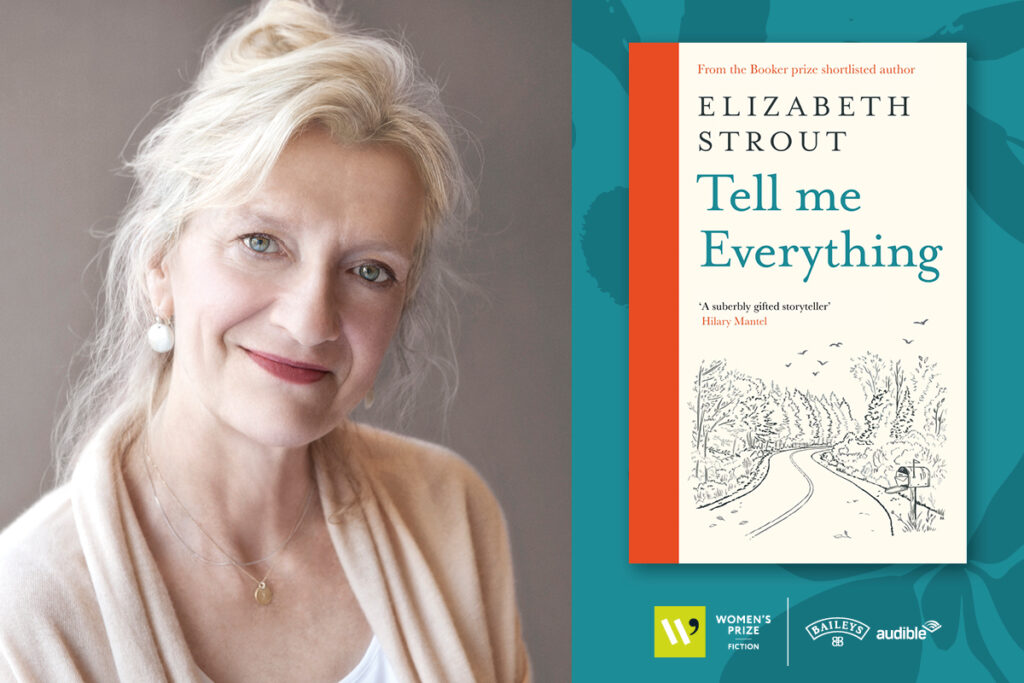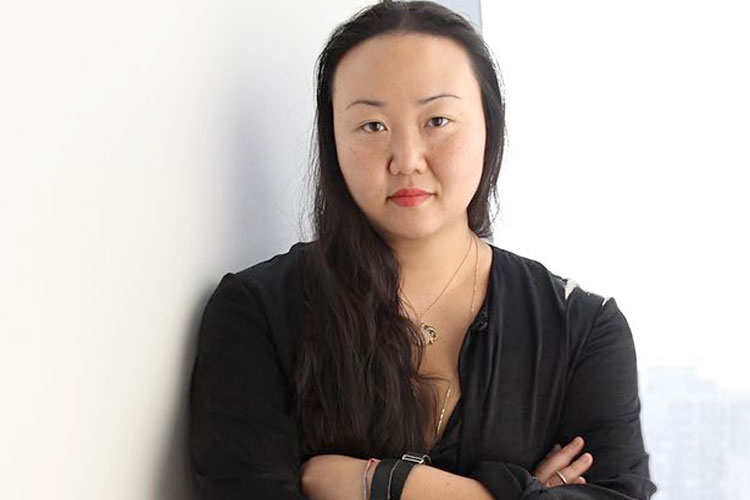In Tell Me Everything Elizabeth Strout returns to her much-loved cast of characters, illuminating the ways in which our relationships keep us afloat.
Shortlisted for the 2025 Women’s Prize for Fiction, judge Diana Evans says: ‘This is one of my favourite books by Elizabeth Strout – I loved it. Like much of her work, it’s a story about ordinary people and their everyday lives and relationships, in this case two distinct friendships, with an accompanying crime strand. All the elements of the novel are wonderfully woven together, creating a symphonic reading experience, full of close conversation and propulsive energy.’
To find out more about the book we spoke to Elizabeth about her inspirations, writing process and favourite books.
How would you describe your book to a new reader?
This book is about ordinary people and the unrecorded lives they lead – which would be most of us. In the book there are stories told and stories unfold as well. The title Tell Me Everything refers to not only telling, but listening, because if we are truly listened to, we are seen. In the end the book is about moments of grace that are visited upon us if we are lucky, meaning the ability to receive love and the ability to give it – no matter how imperfectly.
What was the idea that sparked your novel?
Walking around one day it came to me that Olive Kitteridge and Lucy Barton were living in the same town now. So I thought: Let’s get them together and see what happens. Olive has a story that she has never told to anyone and she summons Lucy Barton to tell her this story of her parents’ marriage. Lucy agrees that there were ‘ghosts’ in the marriage, and thus their friendship — while off to a tricky start — begins. Bob Burgess became my main character because he is so kind without having any idea that he is, and that was interesting to me.
Which part of the book did you write first? Was there a moment that clicked a lot of things in place or where you felt the strands of the book started to come together?
The first scene I wrote in the book was the first conversation between Lucy and Olive and I was pleased with how it came out. That gave me the idea of using it as a motif, the two women every so often throughout the book would tell each other a story of some ‘unrecorded life.’ It was not until I found the right narrator that I was able to really get the book going. It is a different kind of narrator from any I have used before. I needed the narrator to be large and yet very inclusive of the reader, so that the narrator is essentially saying to the reader, Come with me this way, and then that way. Once I found that voice I could write the book.
Which part of the book was the most fun to write? Which was the most challenging?
The most fun in writing this book were the scenes between Lucy and Olive. They are very different people and yet ended up sort of fitting together like two pieces in a puzzle. Writing their very different dialogue was fun. The most challenging part of this novel was the relationship between Bob and Lucy. As I watched it grow I became alarmed. What would I do with them? But I thought, Just be true to the characters, and so that’s what I did. The last few pages were inspired.
What is the best piece of writing advice you have ever received?
Years ago I took a class with Gordon Lish and he told us: ‘If you write a book where you, as a result, lose your marriage, your friends, and your children reject you, then chances are it is a worthwhile book.’ That scared me to death. But I understood his point. One has to be honest and reveal oneself. Very luckily I have not had to go through those rejections of family and friends, but I always remember what he said and I DO understand it.
Which female author would you say has impacted your work the most?
Virginia Woolf.
Could you reveal a secret about your creative process?
I never write anything from beginning to end, not even a short story. Years ago I learned to write in scenes. When I sit down to go to the page I use whatever is most pressing in me and transpose that emotion into a character, not the factual circumstance, but the emotion of it. That way I can get a scene with what I call a ‘heartbeat’ to it. If a scene does not have a heartbeat, it gets tossed onto the floor. After a while the scenes with heartbeats begin to form a kind of story – this is why I never worry about plot. And at some point I then have to decide how to start the story and pull it tight through the various scenes.









